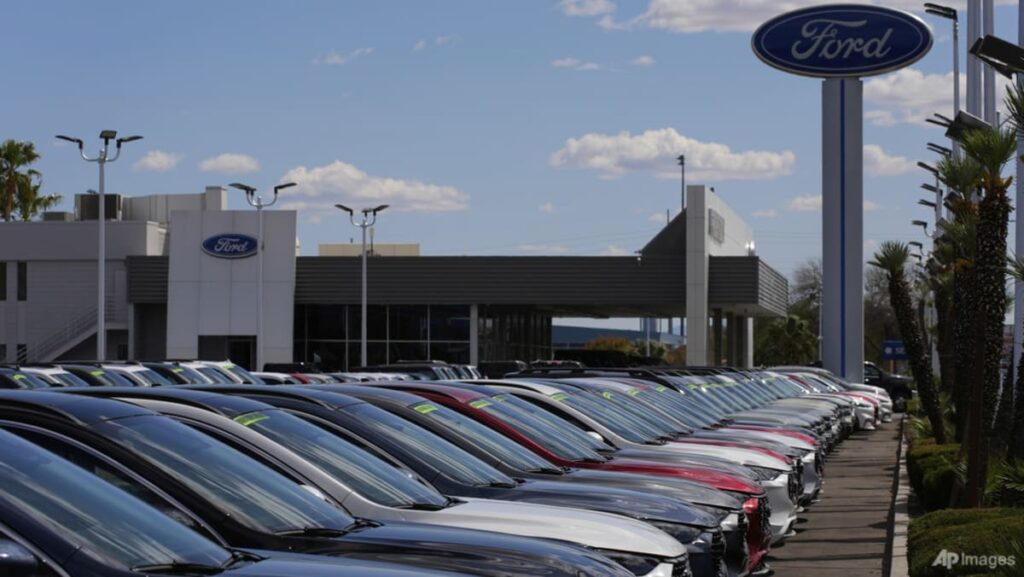A MYTH THAT REFUSES TO DIE
That GM and Ford sell very little in Japan is true – GM shifted around 1,000 units in the fiscal year ended last month, with Ford at fewer than 200. Yet the belief that unfair trade practices are at fault isn’t only false, but also one of those enduring myths that refuses to die.
Even before Trump, Japan already levied less than the 2.5 per cent tariff on vehicle imports the US charges.
How much less? Nothing, in fact – Tokyo hasn’t imposed tariffs on car imports since 1978. The country indeed had barriers to clear in the past, but those haven’t existed for years.
Other impediments have been broken down since, leaving generations of lawmakers scratching their heads over US complaints about market access. The source of their grievance is, in reality, something far simpler: The cars aren’t good enough.
American companies have simply failed to produce cars that appeal to local tastes. Japanese drivers want compact, fuel-efficient vehicles that balance excellent safety and reliability with superior value for money.
Forget US manufacturers, it’s hard enough for most domestic makers to compete with these demands, which is why Toyota is responsible for one out of every two cars sold in the country.
Furthermore, fully one-third of sales are kei cars, ultra-light vehicles with small engines that are taxed at a lower rate. It’s a category no US maker even builds. The most popular American autos, meanwhile, are simply too big for Japanese roads and parking spaces.
Some versions of the Ford F-150, long the top-selling vehicle in the US, are so ludicrously large they can’t even be driven in the country with a standard driver’s license.
Read the full article here
